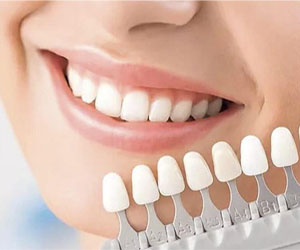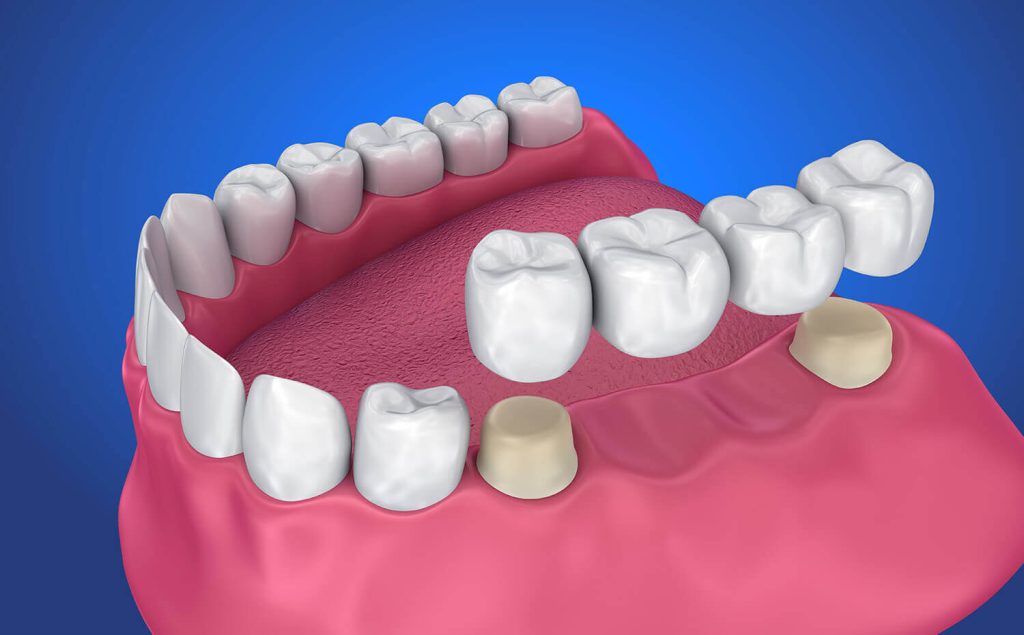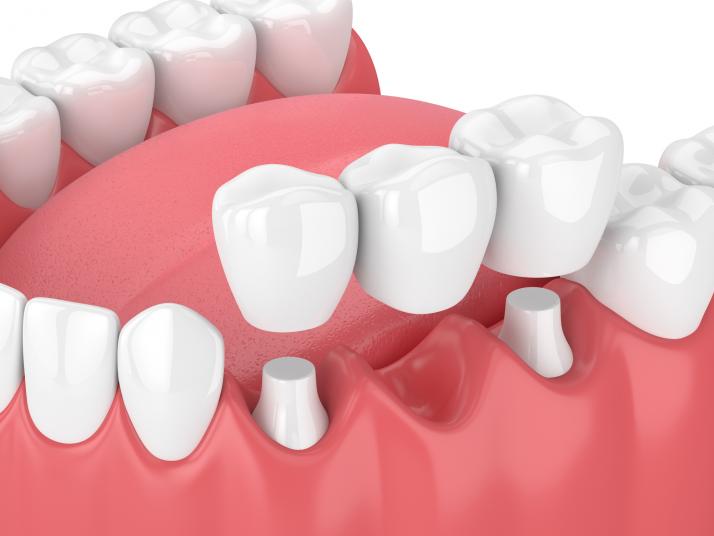WHAT IS Dental Crown?
Dental Crowns are a tooth-shaped cap which is placed on the tooth to restore the shape, size, and appearance of the tooth.
Purpose
- Dental crowns are used to restore the strength, shape, size, and appearance of a tooth that has significant decay, fractures, or structural damage.
- They are also placed on teeth that have undergone a root canal treatment to protect and strengthen the tooth.


Types of Crowns:
Crowns can be made from various materials, including:
- Porcelain: For a natural appearance, often used on front teeth.
- Metal: Such as gold or silver, known for durability.
- Porcelain-fused-to-metal (PFM): Combines the strength of metal with the aesthetics of porcelain.
- All-ceramic: Known for excellent aesthetics and biocompatibility
Procedure:
- The dentist prepares the tooth by removing any decay and reshaping it to create space for the crown.
- Impressions of the prepared tooth are taken, and the dental laboratory creates a custom-fitted crown.
- A temporary crown is placed while the permanent one is being fabricated.
- Once the permanent crown is ready, it is cemented onto the prepared tooth, providing long-term restoration.

Dental Bridge:
A dental bridge is a fixed prosthesis used to replace one or more missing teeth. It is anchored in place by dental crowns on adjacent natural teeth or dental implants. Here are the important details:
Purpose:
- Dental bridges are employed when one or more adjacent teeth are missing.
- They help restore oral function by replacing missing teeth, allowing for proper chewing and speaking.
- They also prevent neighboring teeth from shifting out of alignment.
Types of Bridges:
- Traditional Bridge: Consists of one or more artificial teeth (pontics) held in place by dental crowns on adjacent natural teeth.
- Cantilever Bridge: Supported by a single adjacent tooth when there is only one neighboring tooth available.
- Maryland Bridge: Uses a metal or porcelain framework bonded to the backs of adjacent teeth without crowns.
Procedure:
- The adjacent teeth (abutments) are prepared by removing a portion of their enamel to make space for crowns.
- Impressions are taken, and the dental laboratory constructs a bridge with the artificial teeth (pontics) and crowns.
- A temporary bridge may be placed until the permanent one is ready.
- The permanent bridge is cemented or bonded in place, restoring the appearance and function of the missing teeth.
In summary, dental crowns are used to restore and protect individual damaged teeth, while dental bridges are used to replace missing teeth by anchoring artificial teeth to neighboring natural teeth or dental implants. Both treatments are essential for maintaining oral health and aesthetics, and the choice between them depends on the specific dental issue and patient needs.
